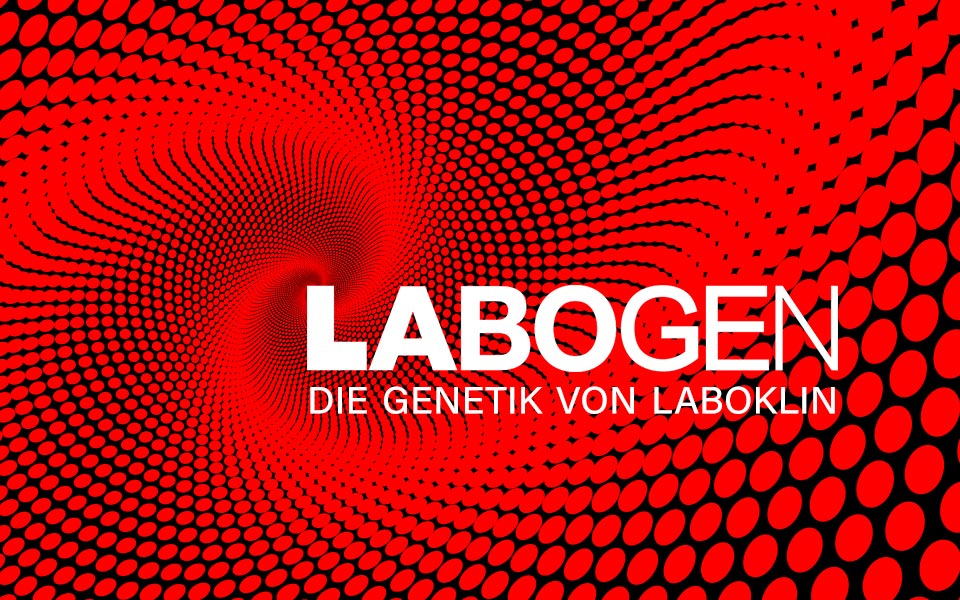Spinocerebellar ataxia (SCA)
Spinocerebellar ataxia (SCA)
General description
First clinical signs of Spinocerebellar ataxia are loss of balance and minor incoordination of gait while later symptoms can be a progressive incoordination or a complete loss of mobility. In opposite to the “late onset ataxia (LOA)”, an extra SCA symptom is subsultus. Affected dogs will show first indications of the ataxia at the age of 3-6 months and have average life expectancy of under 3 years.
Breeds
Alpine Dachsbracke, Fox Terrier, Jack Russell Terrier, Parson Russell Terrier, Patterdale Terrier, Tenterfield Terrier, Toy Fox Terrier
Detailed description
This disease is caused by a mutation. Affected dogs will show first indications of the ataxia at the age of 3-6 months. First clinical signs are loss of balance and minor incoordination of gait while later symptoms can be a progressive incoordination or a complete loss of mobility. In opposite to the “late onset ataxia (LOA)”, an extra SCA symptom is subsultus. The average life expectancy is under three years.
Spinocerebellar Ataxia (SCA) - Alpine Dachsbracke
The symptoms described in this breed can be found in the text above.
Order details
| Test number | 8537 |
| Sample material | 0.5 ml EDTA blood, 2x cheek swab, 1x special swab (eNAT) |
| Test duration | 3-5 working days |
Test specifications
| Symptom complex | neurological |
| Inheritance | autosomal recessive |
| Age of onset | 3 months |
| Causality | causally |
| Gene | SCN8A |
| Mutation | C-A |
| Literature | OMIA:002194-9615 |
Spinocerebellar Ataxia (SCA) - Terrier
The symptoms described in this breed can be found in the text above.
Order details
| Test number | 8537 |
| Sample material | 0.5 ml EDTA blood, 2x cheek swab, 1x special swab (eNAT) |
| Test duration | 3-5 working days |
Test specifications
| Symptom complex | neurological |
| Inheritance | autosomal recessive |
| Age of onset | 3 months |
| Causality | causally |
| Gene | KCNJ10 |
| Mutation | C-G |
| Literature | OMIA:002089-9615 |




